As we approach the first frost date, followed by the inevitable hard freeze, we witness the sudden transformation of our beloved annuals such as marigolds and basil, as they turn black and wither away. On the bright side, this change in weather marks the end of mosquito season (yay!). However, it also means that many of us wake up shivering and ponder whether we should turn on the heater or wait it out.
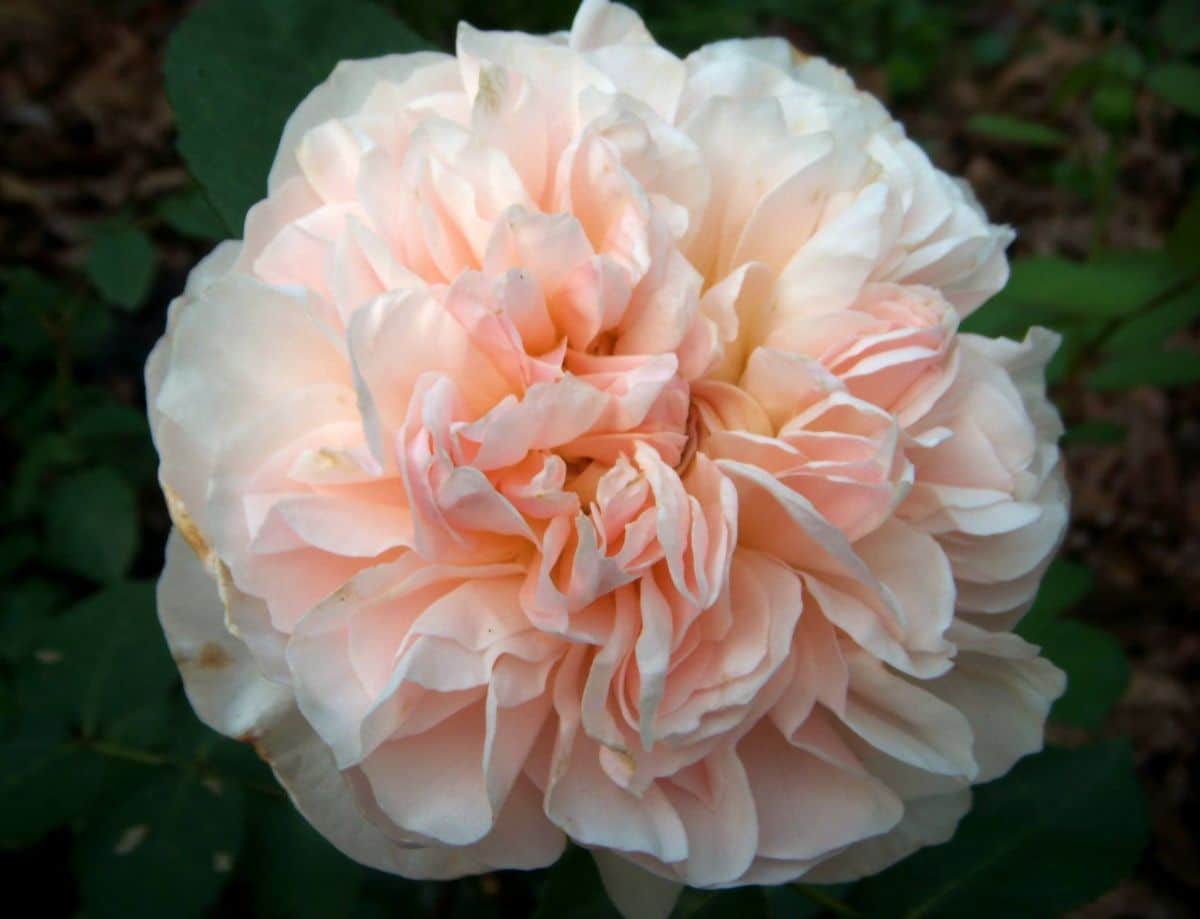
Many rose lovers have stopped using fertilizers to toughen up their roses for winter, but that doesn’t mean you can’t improve the soil to make your roses bloom beautifully. Soil amendments are a great way to enrich the soil and feed the organisms around the roots of your roses. These organic materials add only a small amount of nutrients, making them perfect for winterizing your roses. The main purpose of soil amendments is to improve soil quality and create a healthy ecosystem for your roses to thrive in. When the soil is thriving with underground creatures like worms, microbiota, and insects, your roses will also thrive. As these soil amendments break down, they turn into humus, which enriches the soil and retains water, making it perfect for roses to grow. In this article, we will explore the best soil amendments for roses, including compost, coconut coir, alfalfa meal, seaweed and kelp, and mulches. We will also discuss soil amendments that are misunderstood, such as peat moss and bone meal. By the end of this article, you will have all the information you need to give your roses the best start possible for a fall bloom.
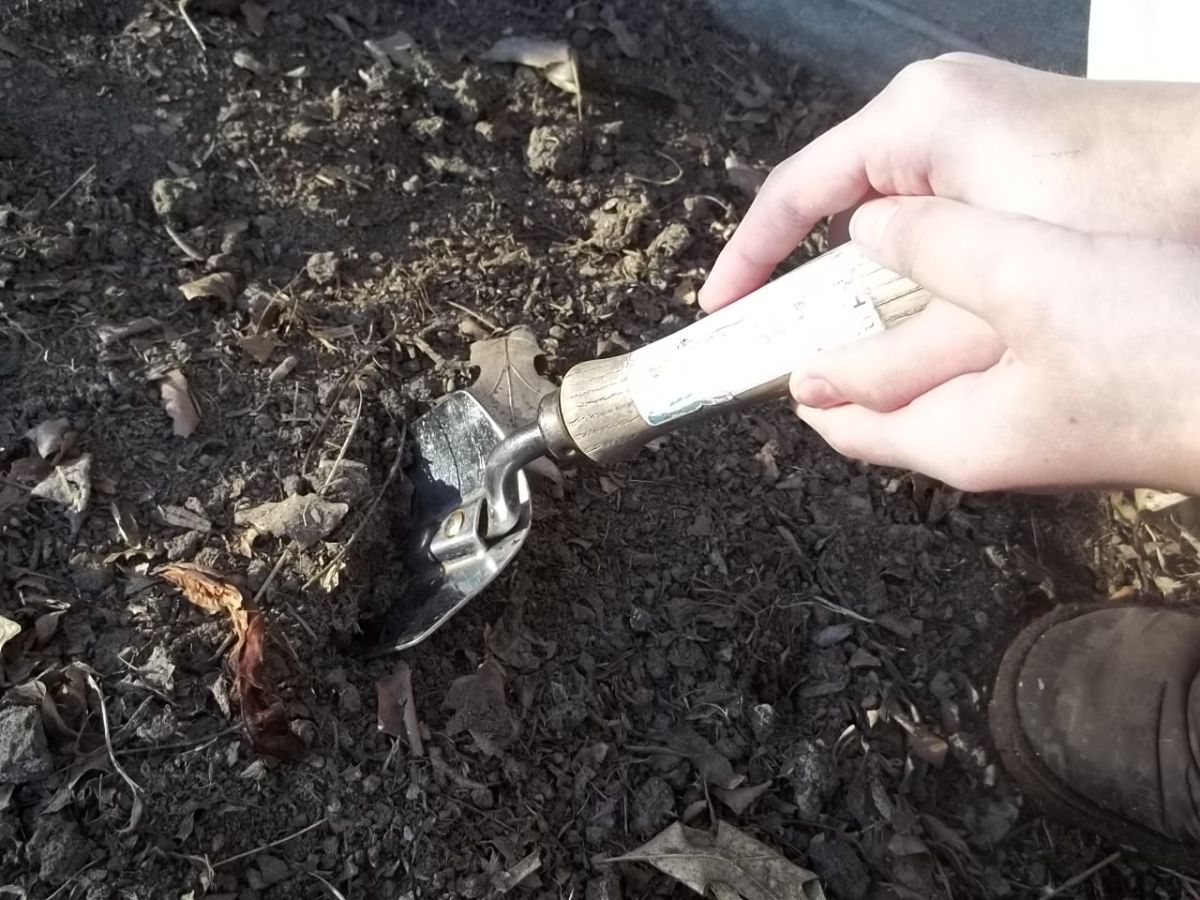
Getting down and dirty in nutrient-rich soil is a great way to help your rose bushes thrive! Consider digging in soil amendments, which provide slow-release minerals that the roots can easily take hold of. Alternatively, opt for top-dressing with these amendments around the roses for a quicker solution – although some of the nutrients may take longer to fully integrate into the soil. One great option to try is compost!
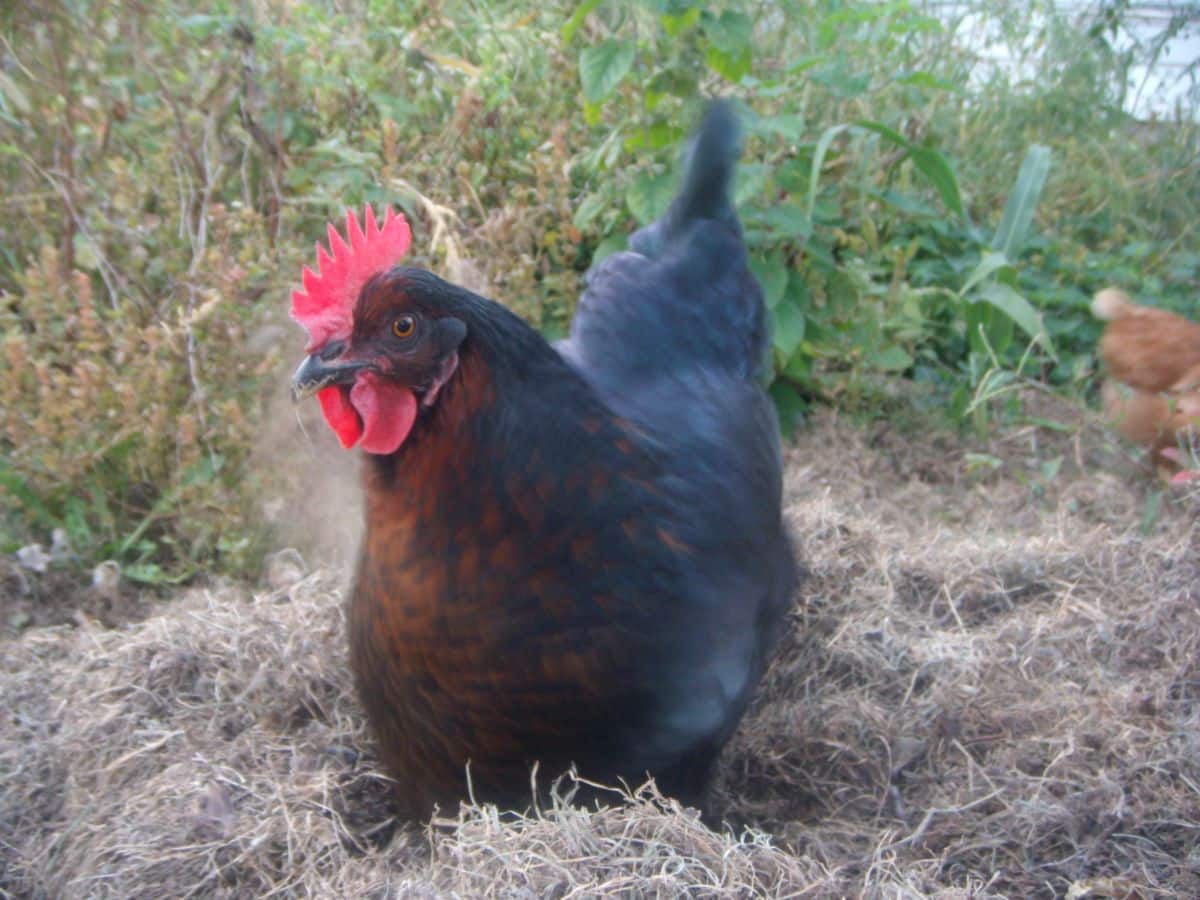
Keeping chickens in your backyard can be a helpful addition to your composting routine. Breaking down browns for compost is made easier with the help of these feathered friends. Composting is an excellent way to convert organic household waste into high-quality fertilizer for your plants and enrich the soil with humus. Whether you choose to use a compost tumbler or multiple compost bins made from old pallets, there’s always a way to turn table scraps into soil. Composting is affordable and simple to learn, making it an accessible option for all. Utilizing compost in your garden will provide organic matter that decomposes into humus, enhancing soil texture and improving root growth. Additionally, coconut coir is another effective soil amendment worth considering.
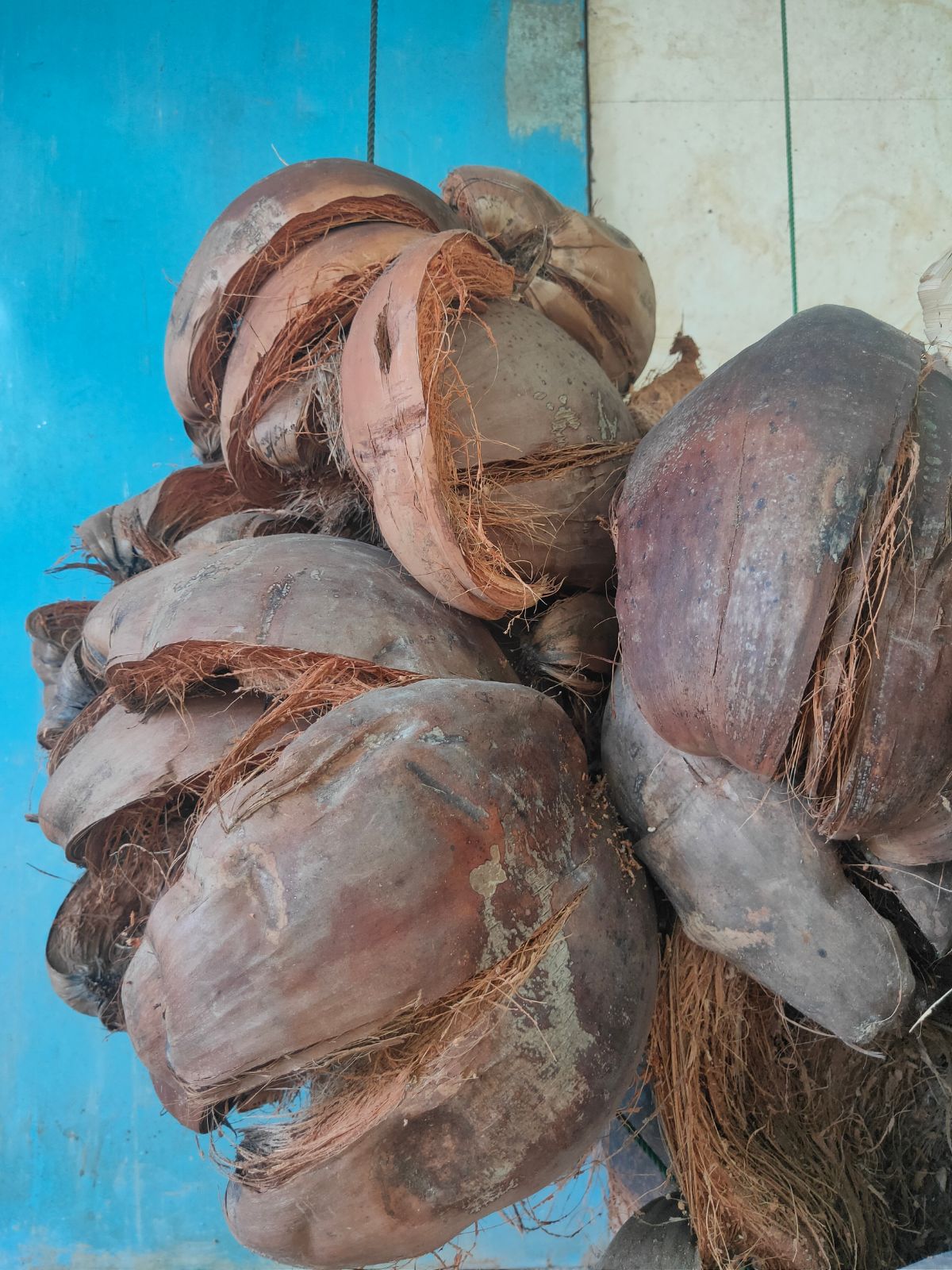
Coconut husks were once considered useless, but now they are transformed into coco coir, also known as coconut coir or cocopeat. This miracle product is an exceptional soil conditioner that has a remarkable ability to retain water. It is made from the fibrous coconut husk, which was previously disposed of until its value was discovered.
Coco coir comes in bricks and bales, and it is easy to use. After adding water, it expands and looks just like garden soil – light and spongy. Unlike peat moss, which is difficult to wet and can resist water, coir is absorbent and can hold up to ten times its weight in water.
Dry peat moss can be messy, and little fibers can float around in the air and get in your nose. On hot and windy days, I had to spray down my potting mix with water to avoid this issue. Coir, on the other hand, does not have this problem, making it a definite improvement.
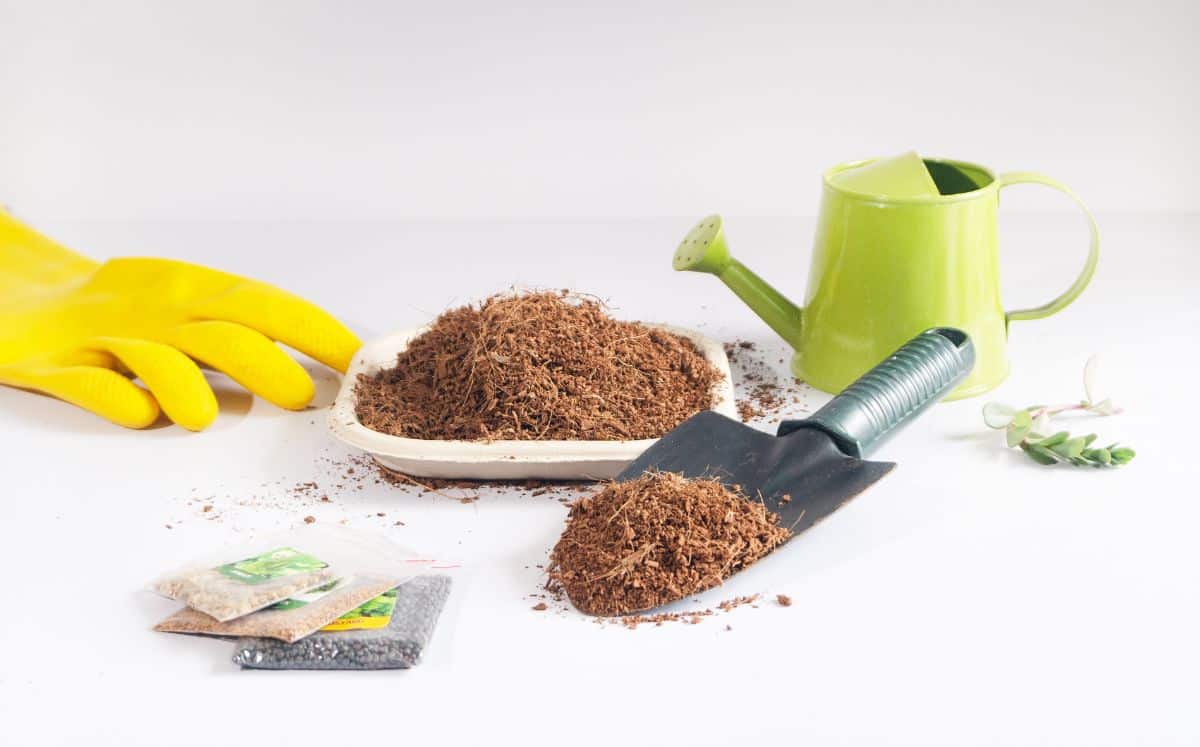
The end product of coco coir is a useful material. While it does not contain nutrients, it is effective in reducing the weight of heavy soil. Additionally, it excels in retaining water, making it ideal for roses planted in sandy soil that dries out quickly. By mixing coir into the soil, it can grab and hold water to keep roses hydrated. Another great option for rose care is alfalfa meal, which contains triacontanol, a natural growth stimulant that plants love. In the spring season, after the frost, applying alfalfa meal around the rose’s base and watering it in will result in beautiful cascades of blossoms. Personally, I have seen the impressive effects of alfalfa meal on my Krug Park rose garden, and the results were amazing.
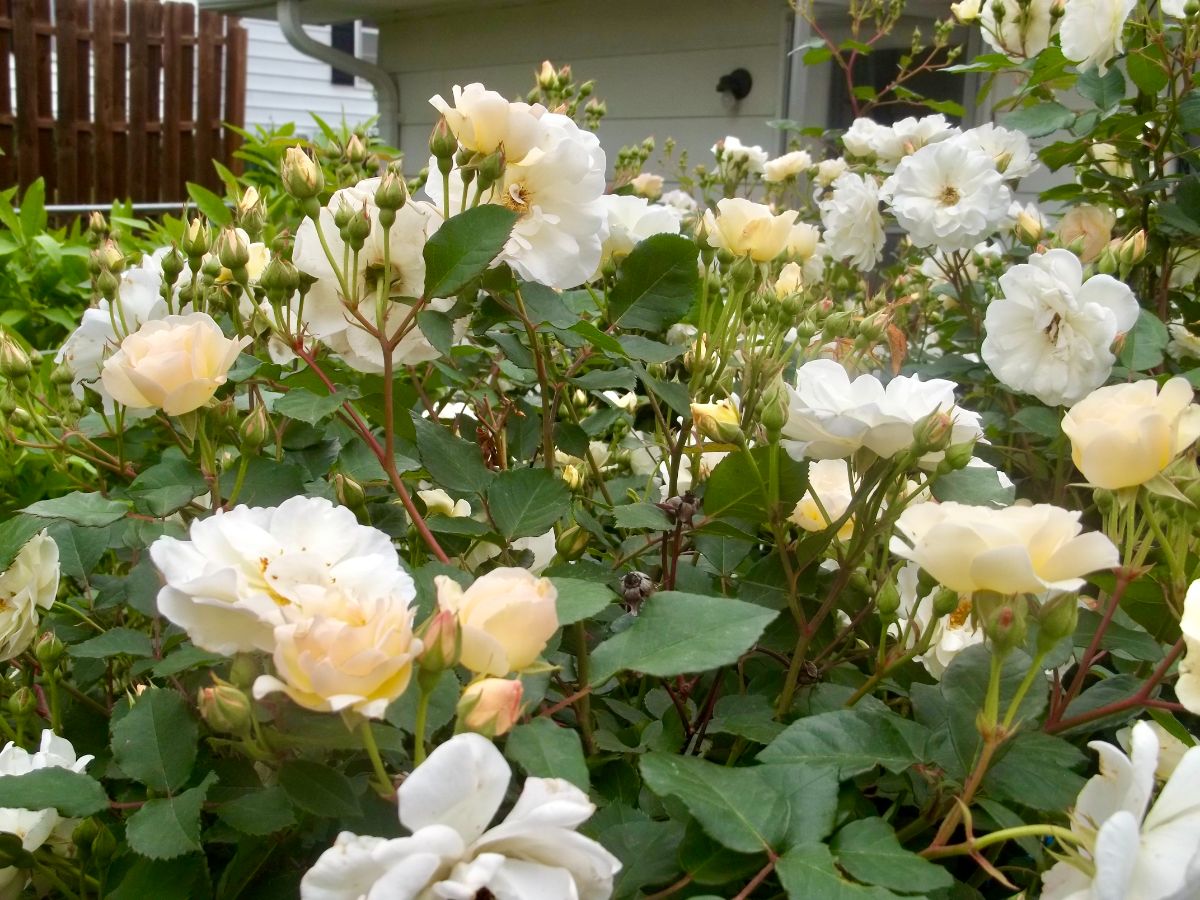
I recently tried using alfalfa meal to supplement my Penelope roses, and boy did it work wonders! You can apply this fertilizer by scattering it around the roots of your roses and watering it in or by mixing it into the top layer of soil. Not only does alfalfa contain essential nutrients like nitrogen, phosphorus, and potassium, but it also has trace minerals that can help nourish your roses. Whether you have depleted soil or healthy soil, alfalfa meal is a great amendment that will enrich the earth by breaking down into humus. If you happen to keep chickens or ducks, they’ll love it too! In fact, whenever I used alfalfa meal in the Krug Park rose garden, the waterfowl would come up from the lagoon and gobble it up. Just remember to dial back on the alfalfa meal during the summer months.
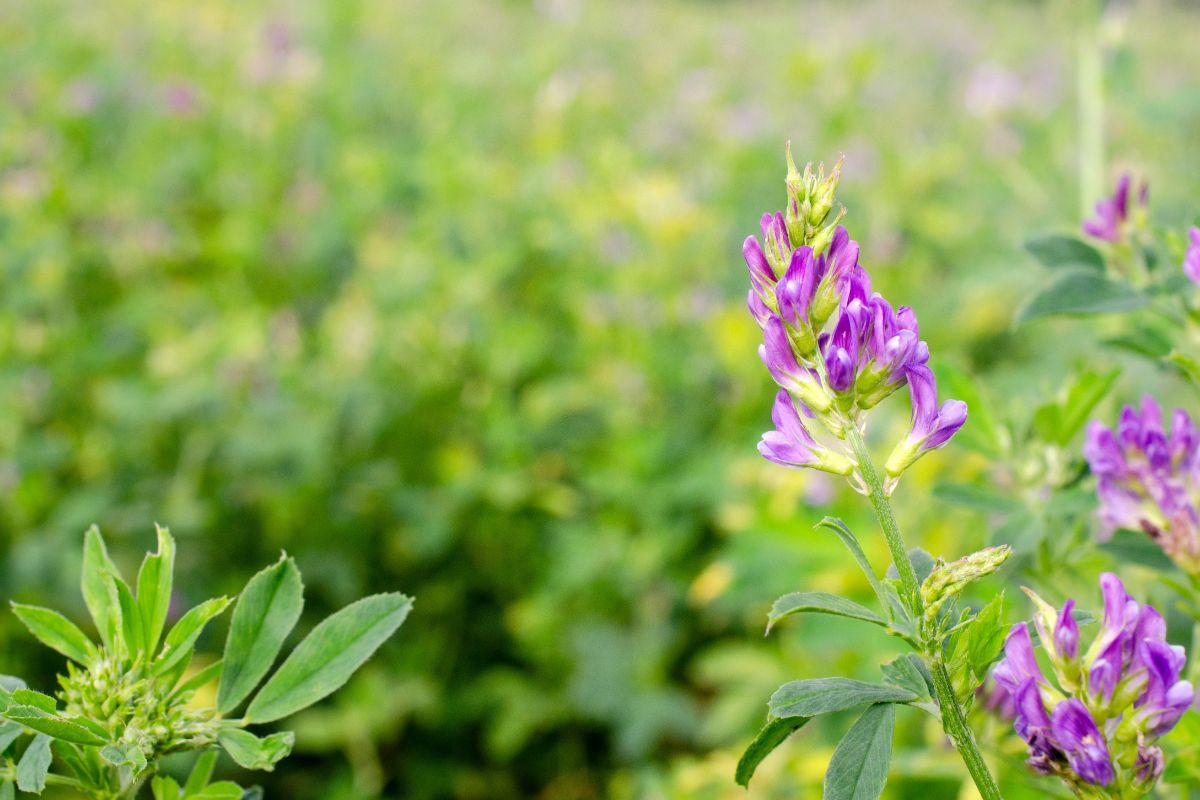
Alfalfa is a commonly used plant in animal feed and hay production, and it can also be used as a natural fertilizer for roses. However, it’s important to stop using alfalfa meal on roses once the temperature goes above 80 degrees Fahrenheit in summer. This is because prolonged exposure to temperatures over 90 degrees Fahrenheit can cause the rose to enter “heat dormancy,” where it conserves energy by stopping growth. Urban roses are particularly susceptible to this, as they absorb heat from pavements and buildings even after sunset. During heat waves, continue to water and fertilize your roses but avoid using alfalfa meal, as it may stimulate unwanted growth during dormancy. Once temperatures cool down in late summer and the rose resumes growth, feel free to reintroduce alfalfa meal to encourage vibrant fall blooms. Another excellent soil amendment for gardening is seaweed and kelp.
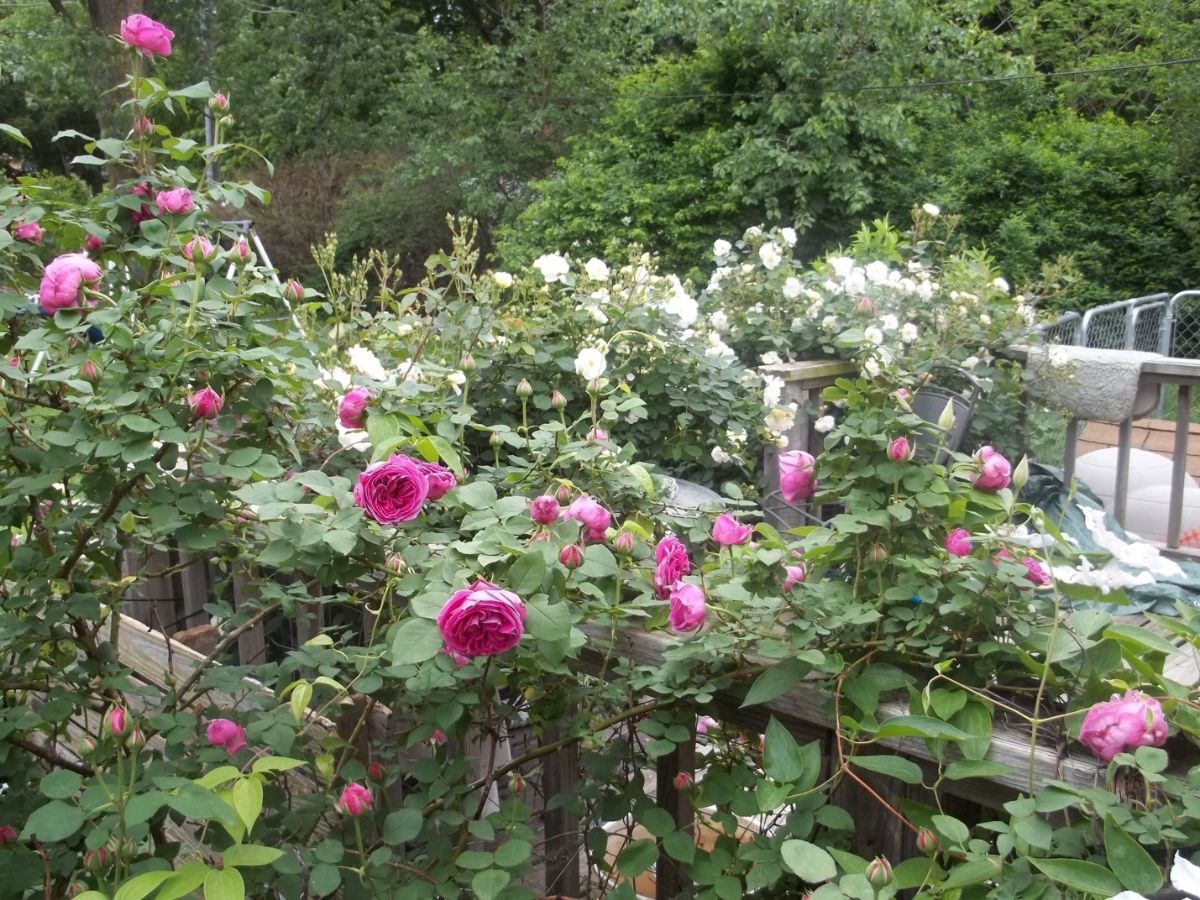
The use of alfalfa meal and other soil amendments is causing roses to grow in abundance. While undersea materials like kelp, fish, and seaweed may have low NPK values, they are still incredibly valuable for plants due to their wide range of micronutrients and growth hormones like auxins, gibberellins, and cytokinins. These materials help to stimulate soil microbes, improve soil quality, and promote healthy rose growth.
For optimal results, consider using fish emulsion in liquid form during spring and summer as it is high in nitrogen and other essential minerals that roses require. However, be aware that the strong aroma may attract flies and curious cats.
Kelp is another highly beneficial material to use as it is one of the fastest-growing plants globally, making it a renewable resource. If you live near the ocean, gathering fresh seaweed is also an option, but ensure that it is fresh and soak it in water to remove sand and salt before adding it to your compost pile with an equal amount of “brown” material such as straw. Keep turning it to avoid an anaerobic, unpleasant mess, and let it break down naturally to enrich your roses.
Finally, using mulches such as straw or fallen leaves around your roses can help to retain moisture and regulate soil temperature while suppressing weed growth.
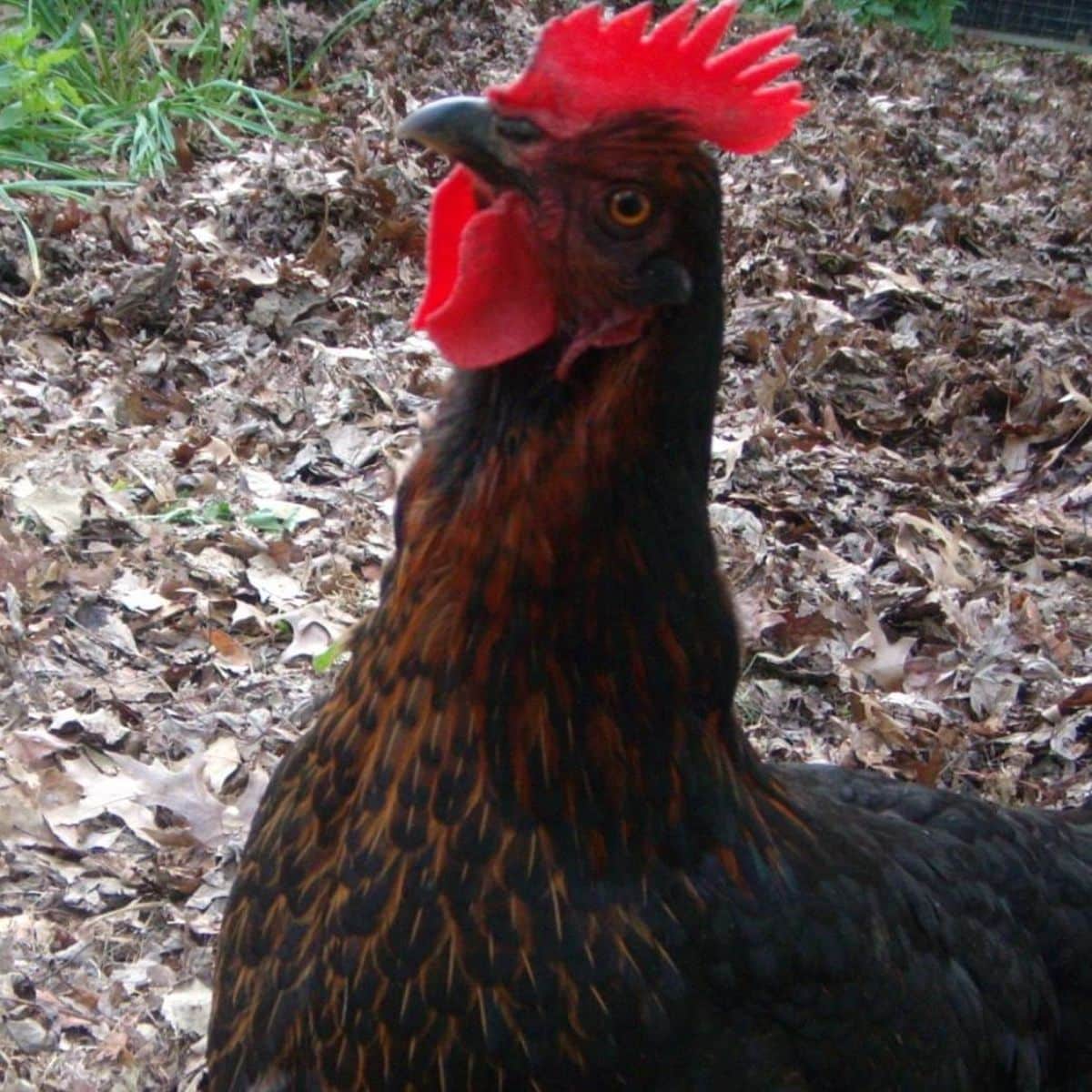
Rose the chicken shows off her digging skills in front of the leafy mulch she has been working on. Mulching is an excellent way to add soil amendments and enhance the growth of plants. It involves covering the ground with materials such as pine needles, grass clippings, wood chips, and fallen leaves. These materials help to shade the roots, retain water, feed the underground ecosystem, and enhance root growth. Roses thrive in slightly acidic soil, making pine needles, pine bark, and pine chips the perfect mulch for them. Grass clippings decompose quickly, while wood chips take longer to break down. Fallen leaves are abundant during fall and make great mulch. However, some leaves such as oak are slow to break down and may require running them over with a mower before using them to mulch roses. Mulching now also provides enough material to cover roses during winter.
Using soil amendments such as peat moss, bone meal, and blood meal can also improve rose growth. Peat moss is an excellent soil conditioner and water absorbent, making it ideal for potting soil. However, harvesting sphagnum peat moss from Canadian or Scottish peat bogs releases carbon into the air, making coconut coir a better alternative. Bone meal may not be necessary in some soils, and blood meal is better for spring planting. While these soil amendments have been used on roses for ages, it is essential to understand their caveats and check your soil before using bone meal.
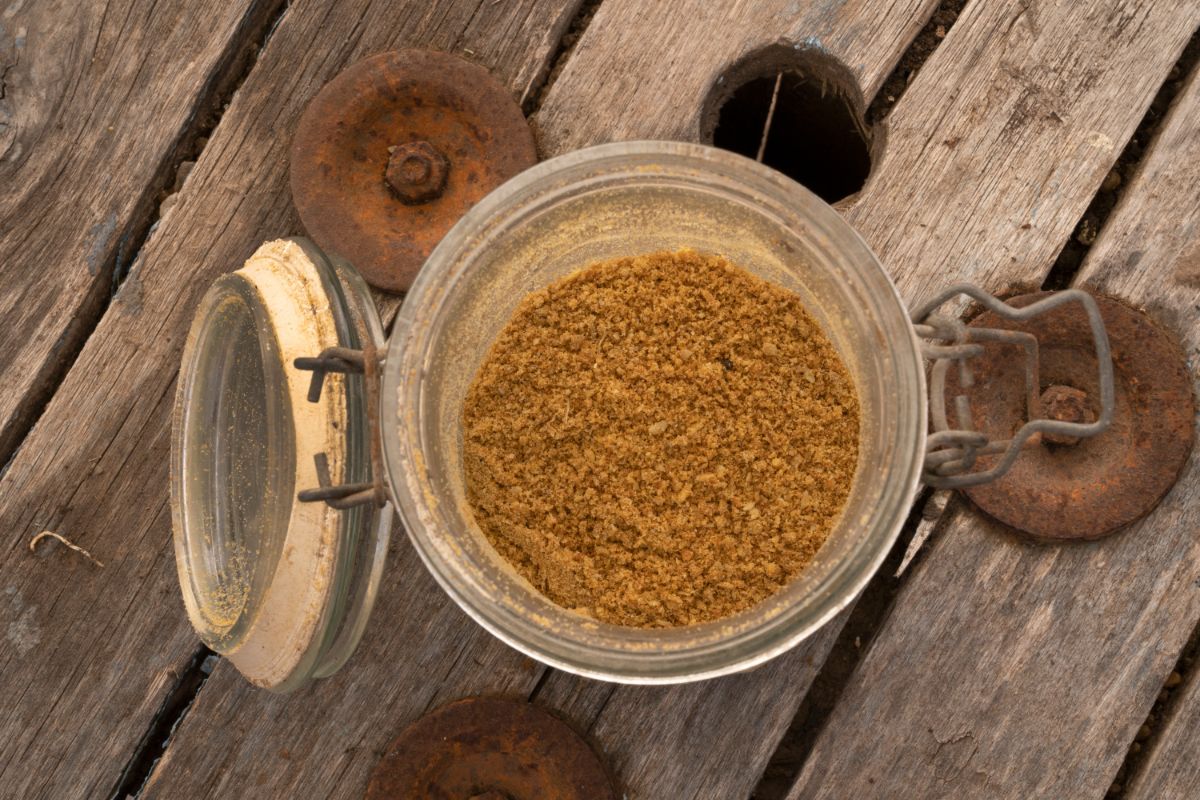
When it comes to growing roses, bone meal has been a popular soil amendment for a long time. This product is made by completely cleaning and steaming bones, creating a source of phosphorus, calcium, and a small amount of nitrogen. It’s often recommended to add one cup of bone meal when planting roses or as a top dressing. However, recent research suggests that bone meal may not be necessary if the soil already has enough phosphorus. Too much phosphorus can interfere with mycorrhizal fungi, which help plants absorb phosphorus that they cannot access on their own. Therefore, if you’re trying to encourage mycorrhizae to connect with your plants, it’s best to skip the bone meal. Additionally, bone meal’s phosphorus is only available to plants in soils with a pH of less than 7.0, so there’s no point in adding it if your soil is very alkaline. It’s always a good idea to order a soil test before fertilizing to ensure that you’re giving your plants what they need. Finally, while blood meal is an excellent source of nitrogen for spring fertilization, it’s not recommended in the fall since it encourages tender new growth that will be killed off by the first freeze.

In this photo, I am posing with a stunning painting of the Krug Park rose garden, which was once a sight to behold across the lagoon. Although I did not paint this masterpiece myself, it is truly remarkable work.
Melinda R. Cordell, who also goes by Rosefiend Cordell, has an impressive background in horticulture. She has held various positions throughout her career, including greenhouse manager, perennials expert, landscaper laborer, and landscape designer. At one point, she even managed an entire public rose garden that boasted more than 300 antique roses. These days, Cordell has turned to writing gardening books based on her extensive knowledge and experience. You can find her collection on Amazon!
While Rosefiend Cordell is her pen name for gardening books, Cordell also writes epic fantasy novels under her actual name. If you’re interested, be sure to give those a read as well!





